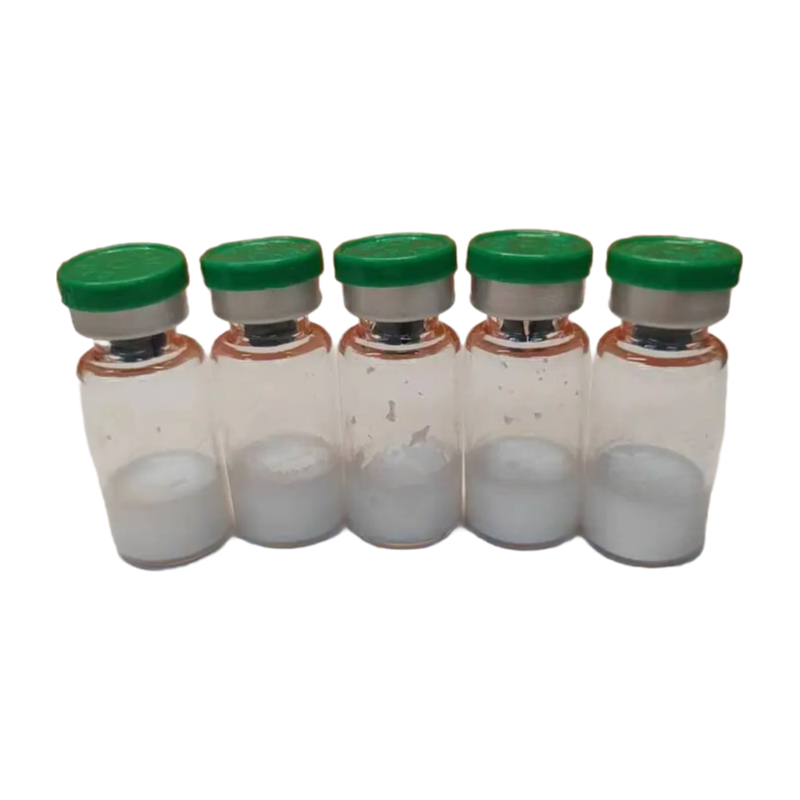Tirzepatide 10mg represents a significant advancement in peptide research, functioning as a dual agonist of both glucose-dependent insulinotropic polypeptide (GIP) and glucagon-like peptide-1 (GLP-1) receptors. This innovative compound combines two insulinotropic mechanisms within a single molecular structure, offering researchers new pathways for metabolic studies.

The tirzepatide 10mg formulation appears as a white lyophilized powder requiring reconstitution before use. Each vial contains precisely measured 10mg of active peptide compound, ensuring consistent research outcomes. Proper storage after reconstitution is essential, with recommended temperatures between 2°C and 8°C to maintain stability and efficacy.

Our manufacturing process ensures that every batch of tirzepatide 10mg meets strict quality standards with purity levels exceeding 99.0%. The molecular structure (C225H348N48O68) and weight (4813.527g/mol) are consistently verified through advanced analytical techniques. This attention to detail makes our tirzepatide 10mg ideal for precise scientific investigations.

Researchers choosing tirzepatide 10mg benefit from our extensive experience in peptide synthesis and quality control. The compound's dual receptor activation mechanism provides unique opportunities for studying metabolic pathways and potential therapeutic applications. Each shipment includes comprehensive documentation verifying purity and composition.

We support various packaging configurations to meet different research requirements. The standard packaging includes 10 vials per box, with each vial containing 10mg of tirzepatide. Custom packaging options are available for bulk orders and specialized research needs. All products are strictly for research use and not intended for human consumption.
Our manufacturing capabilities allow for flexible order quantities while maintaining consistent quality across all production batches. The tirzepatide 10mg compound undergoes multiple purification stages to ensure optimal performance in research settings. Researchers can rely on batch-to-batch consistency for long-term study continuity.